Better Yields From 4 Top Junk Bond Funds
If you're searching for a decent yield, getting 6% or 7% on your money can be awfully satisfying.

Everyone, it seems, is searching for yield: steady, rewarding returns from fixed-income investments. Steady is not hard to find, but rewarding is another matter. U.S. Treasury bonds maturing in ten years yield 2.0%. A bond issued by Goldman Sachs and maturing in February 2016 pays a mere 3.3%. A five-year savings certificate at the average New York City bank yields a paltry 1.1%. You might as well put your money under the mattress. Unless, that is, you want to take some risk.
In the fixed-income world, risk is being handsomely rewarded these days. Lending to the U.S. government and well-heeled firms like Goldman is such a popular activity among frightened investors that those borrowers have to pay only a pittance for the privilege of taking your money. But if you ratchet up the chances that you won’t be repaid, the interest rates start getting attractive.
High-quality bonds are called investment grade. They carry credit ratings from Standard & Poor’s or Fitch Ratings of AAA, AA, A or BBB (along with pluses and minuses) and ratings from a third agency, Moody’s, of Aaa, Aa, A or Baa. (To make matters simple, I will use S&P nomenclature throughout this article.) Bonds rated BB, B, CCC and lower are called speculative grade, which is a synonym for junk, or, more elegantly, high-yield.

Sign up for Kiplinger’s Free E-Newsletters
Profit and prosper with the best of expert advice on investing, taxes, retirement, personal finance and more - straight to your e-mail.
Profit and prosper with the best of expert advice - straight to your e-mail.
Good deals. And high that yield is. In early February, the yield on the Bank of America Merrill Lynch US High-Yield Master II Effective Yield index was 7.5%. The spread between that yield and the yield on a five-year Treasury note is nearly seven percentage points. “This is a good time to be buying high-yield bonds,” says Kevin Loome, who manages Delaware High-Yield Opportunities Fund (symbol DHOAX). The reason is an attractive relationship between spreads and default rates, which for the past two years have been below 2%—definitely low at a time of seven-point spreads. During a typical period, in mid 2003, the spread was six percentage points and the default rate was 6%.
Of course, the better the credit, the lower the spread. But even with junk bonds that are close to investment grade, yields are beckoning. For instance, on February 3, a bond issued by Chesapeake Energy, maturing in 2021 and rated BB+, was yielding 6.1%. Chesapeake is a well-run, profitable oil-and-gas company, with $12 billion in debt. According to Morningstar, Chesapeake has financial leverage of three to one, the ratio of its outstanding loans to its shareholder equity. That’s on the high side (a ratio of two to one is considered safe), which is why Chesapeake’s bonds aren’t investment grade.
Chesapeake has another problem: Natural gas prices have plummeted to the lowest level in a decade, and analysts, on average, expect the company’s profits to decline by 27% this year. Still, Chesapeake should be able to pay interest and principal comfortably, especially if it succeeds in a two-year plan to reduce its overall debt by one-fourth.
At the other end of the high-yield risk scale is a bond issued by Rite Aid, the drugstore chain, yielding 11.0% and rated CCC by S&P. The yield has risen as the bond’s market price has declined amid Rite Aid’s long and unsuccessful struggle for profitability. Earnings are expected to fall in 2012 for the seventh year in a row. Sales are falling, total debt is an ugly $6.2 billion, and shareholder equity is actually negative.
The fear with high-yield bonds is that the borrower will be unable to meet its obligations and will default. A timely lesson is provided by Eastman Kodak, which filed for bankruptcy reorganization on January 19 with $6.8 billion in debt, including $300 million in bonds that mature in November 2013 and carry a coupon (that is, a stated interest rate) of 7.25%. As bankruptcy approached, the price of the bonds slid. On February 3, you could have bought $10,000 worth of debt for $2,813. Do a simple calculation: If Kodak does indeed pay the interest that is due over the next year, then an investor will earn more than 25%. But for a company in bankruptcy, that’s a big if.
If a company gets into trouble, bond investors get preferred treatment over shareholders, but there’s no guarantee their loans will be paid back. Junk bonds can be dangerous, which is why Sabur Moini, manager of Payden High Income Fund (PYHRX) since 2000, prefers “sleep-at-night high yield.” He looks for “high-quality, high-performing companies” with “stability and predictability of cash flow.” These have a lot of debt but generate enough earnings to pay it back.
His portfolio, at last report, was nearly equally divided between B and BB bonds, with just 7% of assets in bonds rated CCC. Lately, Moini has been favoring financial companies, such as CIT Group, which filed for bankruptcy in 2009 and has emerged much stronger with “a pretty clean balance sheet”; Ally Financial, the former GMAC, a majority of which is now owned by Uncle Sam; and Ford Motor Credit. Overall, the fund is yielding 6.4%, but Moini buys and sells bonds for capital gains as well, and the past three years have been good ones, with an annualized return of 14.6% (all returns are through February 3).
If you’re searching for a decent yield, getting 6% or 7% on your money can be awfully satisfying, especially in an environment in which companies have been both deleveraging (that is, cutting back on debt) and refinancing at lower rates. “The market is pricing in a 5% or 6% default rate,” says Moini, but, in fact, according to Fitch, the rate in 2011 was a mere 1.5%.
But some industries are overleveraged and suffering from the sluggish economy. Fitch reported that the highest default rates were in paper and containers (10.3%), transportation (7.4%) and utilities (5.9%).
The high-yield market is huge, with $1.4 trillion in debt outstanding in the U.S. alone. There are thousands of separate bond issues, each with its own terms, such as call features, which allow the company to buy back its bonds before maturity. (Morningstar lists ten issues for Kodak alone.) Buying a high-yield bond is far more complicated than buying a stock and is not a game for amateurs. Unless you want to make junk your life’s work, you need to own mutual funds.
Even exchange-traded funds pose problems because there is no simple way to define the high-yield market. Over the past three years, for instance, iShares iBoxx High Yield Corporate Bond (HYG) gained an annualized 17.2%, and PowerShares Fundamental High Yield Corporate Bond (PHB), which tracks a different index, earned 13.0%. My advice: Stick with funds, such as the Payden offering, that are run by experienced humans rather than by computer algorithms.
Another of my favorites is the popular Vanguard High-Yield Corporate (VWEHX), with $16 billion in assets and a rock-bottom expense ratio of 0.25% a year. If you had bought this fund ten years ago and reinvested your dividends, you would have doubled your money. Vanguard is a good example of a lower-risk junk fund, with a current yield of 5.8%. Also worth considering are TIAA-CREF High-Yield (TIYRX), with annual expenses of 0.59% and a yield of 5.9%, and T. Rowe Price High Yield (PRHYX), with expenses of 0.74% and a yield of 6.7%.
In contrast with investment-grade bonds and Treasuries, a major advantage of high-yield bonds is that they tend to perform well even if interest rates rise—which seems likely to occur over the next few years. For instance, in 1994, when the ten-year Treasury moved up two full percentage points, investment-grade bonds lost an average of 3.3% (the loss is due to a decline in the bonds’ market price); but high-yield bonds delivered a total return of 7.3%. One big reason is that a stronger economy, which often leads to higher interest rates, makes it easier for junk-rated companies to repay their debts. High-yield, says Moini, “is fairly rate-insensitive.”
You don’t get 6% or 7% yields without courting danger. High-yield bonds have become popular with investors lately, and that’s not always a good sign. As corporate balance sheets continue to improve, the temptation for companies may be to take on more risk at a time when the global economy hasn’t found a firm footing. Still, there is no doubt that income-seekers should give serious consideration to mutual funds that stress higher-quality high yield. For now, at least, junk is not so junky.
James K. Glassman, executive director of the George W. Bush Institute, is an author, most recently of Safety Net: The Strategy for De-Risking Your Investments in a Time of Turbulence (Crown Business).
Get Kiplinger Today newsletter — free
Profit and prosper with the best of Kiplinger's advice on investing, taxes, retirement, personal finance and much more. Delivered daily. Enter your email in the box and click Sign Me Up.

-
 Do You Need an AI Agent in Your Life?
Do You Need an AI Agent in Your Life?AI agents promise to be the next big thing in artificial intelligence, but what exactly do they do?
By Tom Taulli
-
 Learn if you should buy a new iPhone amid tariff concerns. Discover how to save money on the purchase.
Learn if you should buy a new iPhone amid tariff concerns. Discover how to save money on the purchase.Looming tariffs can make an iPhone purchase seem urgent. Here's what to do if you need another phone but want to save money.
By Laura Gariepy
-
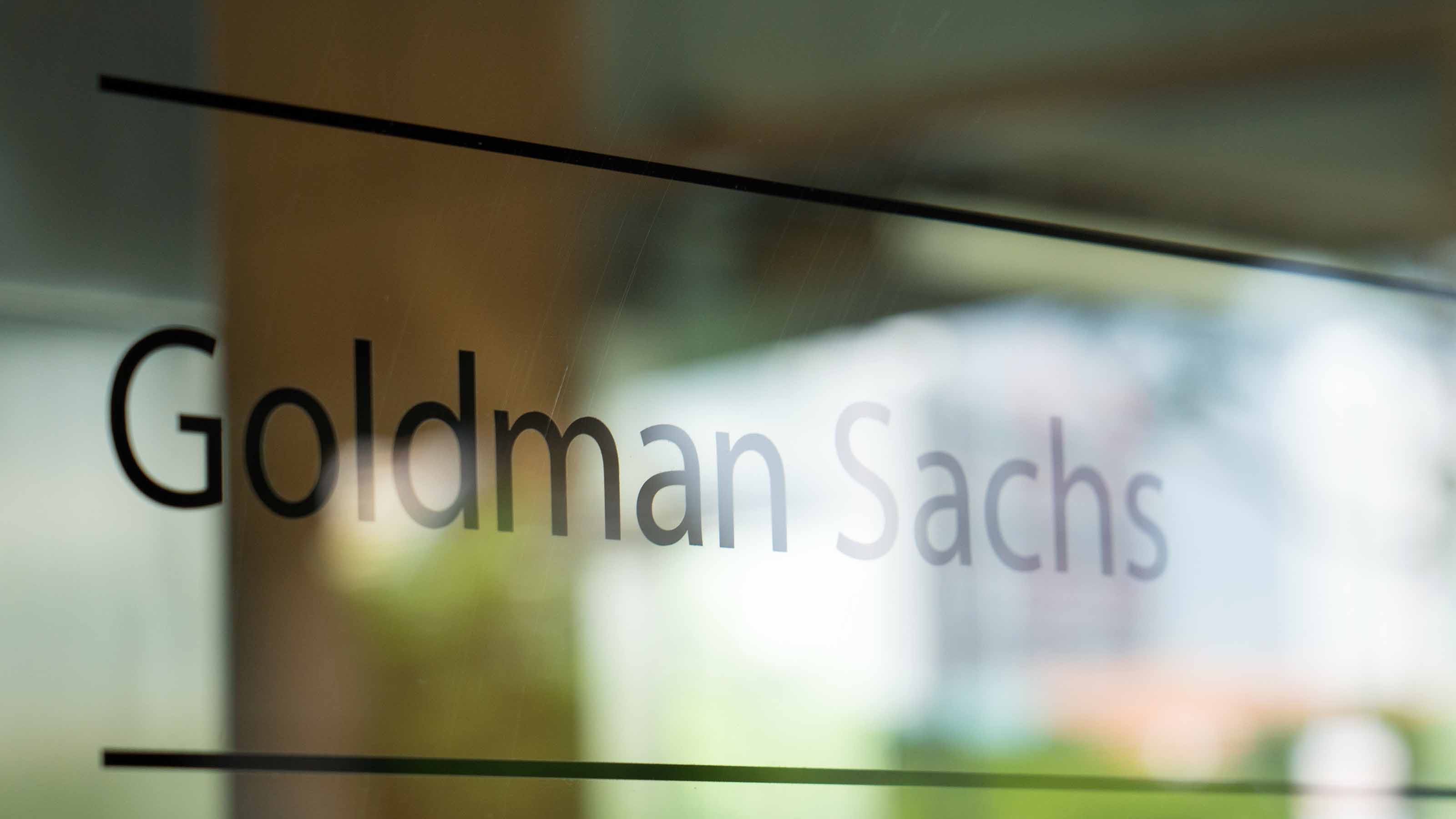 Is Goldman Sachs Stock Still a Buy After Earnings?
Is Goldman Sachs Stock Still a Buy After Earnings?Goldman Sachs stock is struggling for direction Tuesday even after the financial giant beat expectations for its third quarter. Here's what you need to know.
By Joey Solitro
-
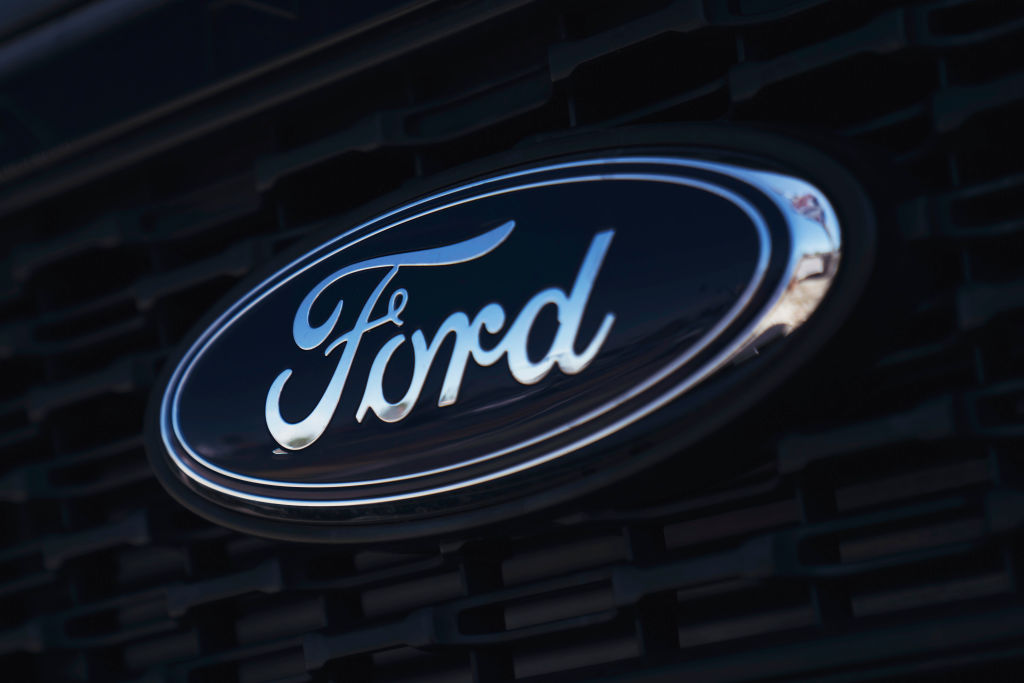 Ford Stock Is Rising After Getting a Big Upgrade at Goldman Sachs
Ford Stock Is Rising After Getting a Big Upgrade at Goldman SachsFord stock has struggled in recent months, but Goldman Sachs is upbeat about improving profitability. Here's what you need to know.
By Joey Solitro
-
 Goldman Sachs Reports Q2 Earnings Beat, Dividend Hike
Goldman Sachs Reports Q2 Earnings Beat, Dividend HikeGoldman Sachs stock finished higher Monday after the big bank beat expectations for its second quarter and raised its dividend. Here's what you need to know.
By Joey Solitro
-
 Bond Basics: How to Reduce the Risks
Bond Basics: How to Reduce the Risksinvesting Bonds have risks you won't find in other types of investments. Find out how to spot risky bonds and how to avoid them.
By the editors of Kiplinger's Personal Finance
-
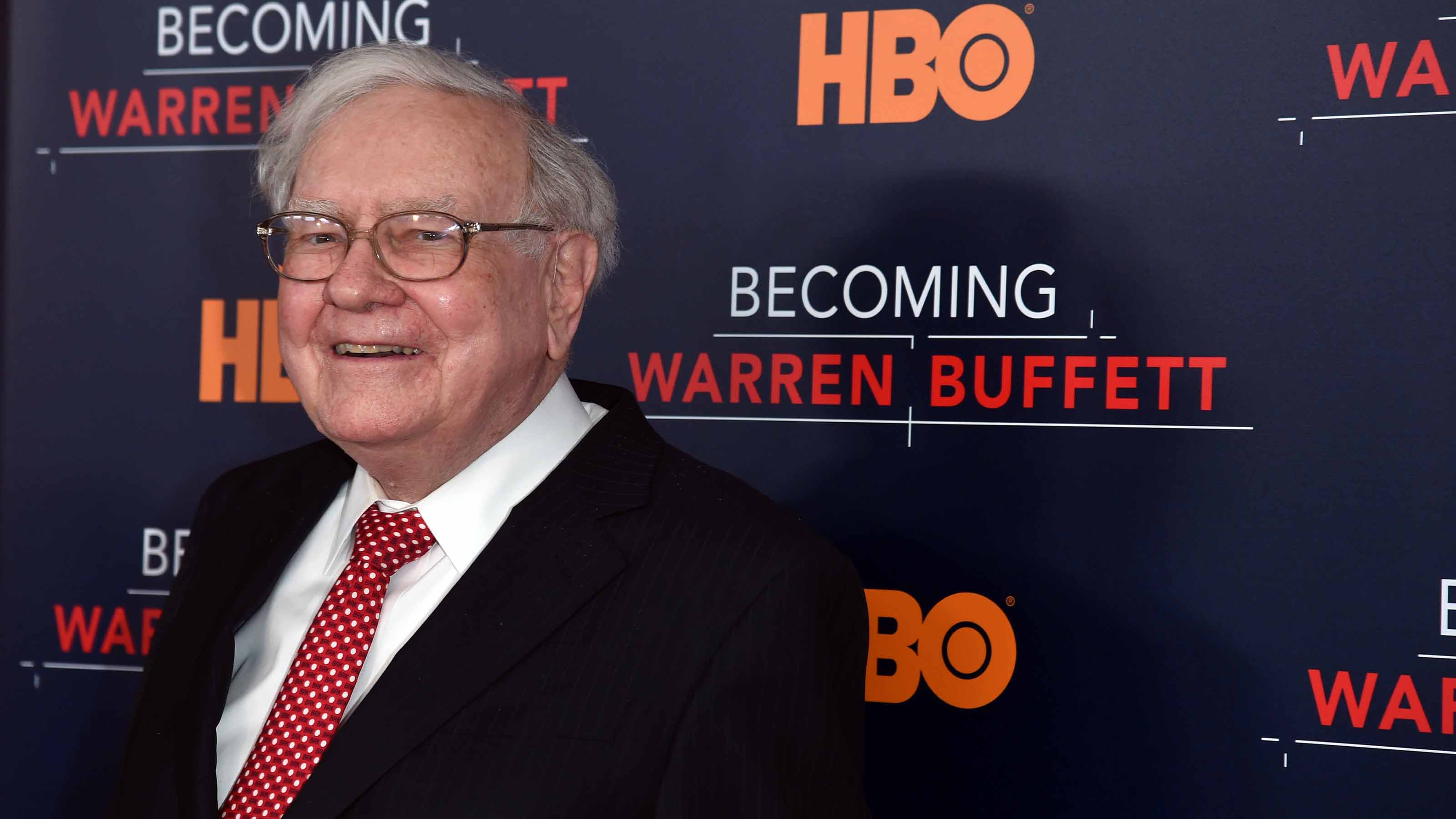 Warren Buffett Advice: Why You Should Pick Businesses, Not Stocks
Warren Buffett Advice: Why You Should Pick Businesses, Not StocksCan you beat the averages? Warren Buffett can. What can mere mortals learn from his success?
By James K. Glassman
-
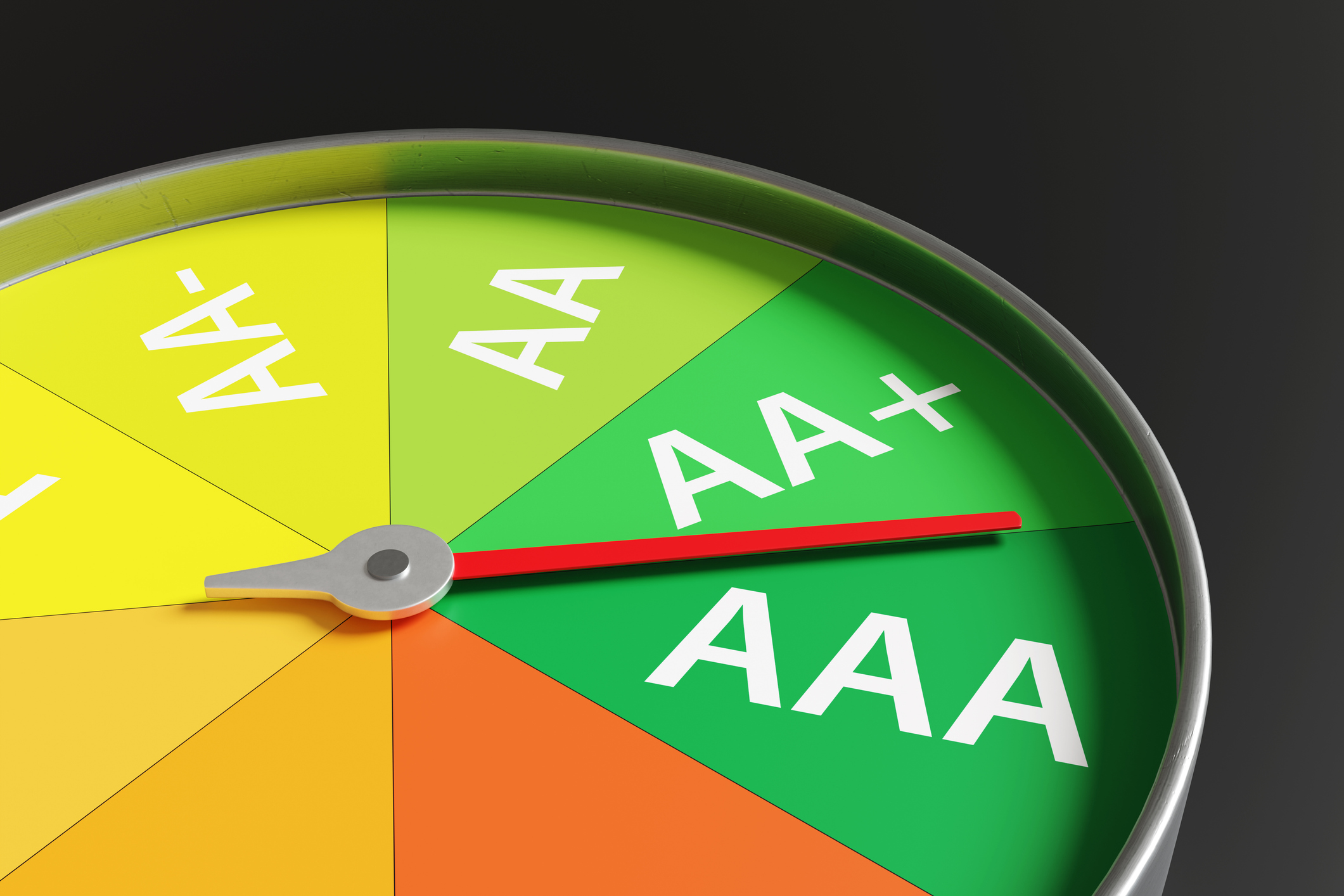 Bond Ratings and What They Mean
Bond Ratings and What They Meaninvesting Bond ratings measure the creditworthiness of your bond issuer. Understanding bond ratings can help you limit your risk and maximize your yield.
By Donna LeValley
-
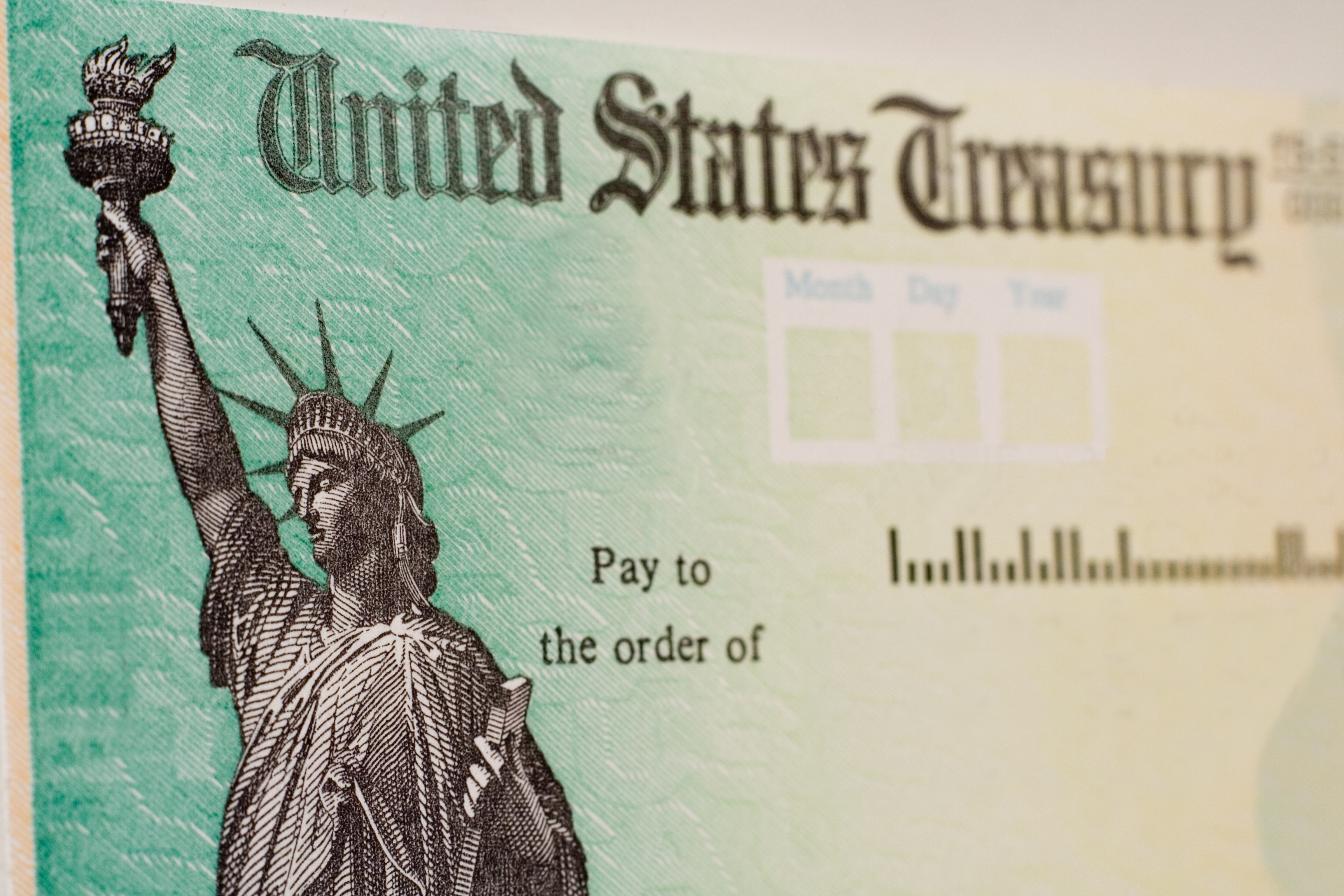 Bond Basics: Treasuries
Bond Basics: Treasuriesinvesting Understand the different types of U.S. treasuries and how they work.
By Donna LeValley
-
 Bond Basics: Ownership
Bond Basics: Ownershipinvesting Bonds come in a variety of forms, but they all share these basic traits.
By Donna LeValley